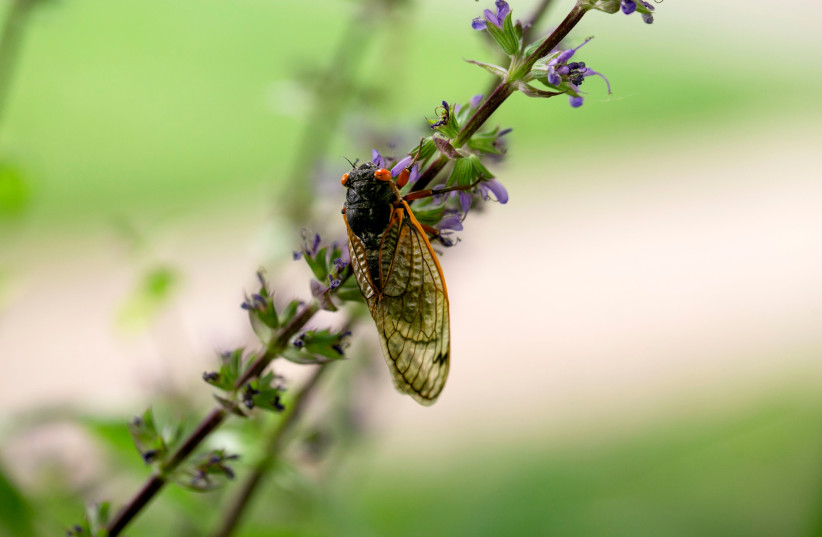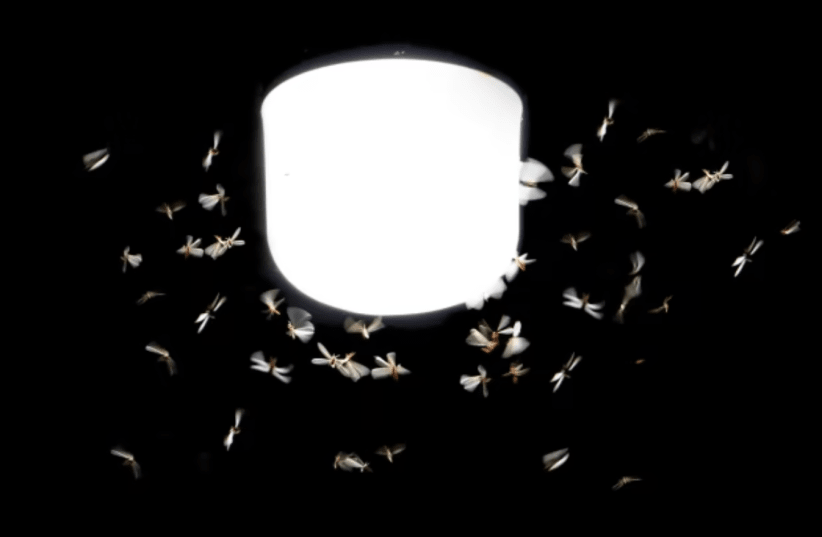There is no one who does not know the annoying phenomenon of flying insects that are attracted to the light emitted by our house lights, mesh, night butterflies and more. Now, science has an explanation for why this happens.
Contrary to the common belief that "insects are attracted to light", the Imperial College in London conducted a study on the subject, published earlier in April, and came to the conclusion that our artificial lighting does not really attract the insects, but actually disrupts their navigational abilities.
Existing theories claimed that insects "navigate by moonlight" or are "attracted to light," as mentioned. But without mapping their actual flight paths in space, it was not possible to really test the claims. The scientists at Imperial College used high-resolution motion capture cameras and stereographic video recording to build 3D models of insect flight around artificial light sources in the laboratory.
Insects don't navigate directly to light
Contrary to the expectation that they would be attracted to the light source, it turns out that insects do not navigate directly to it. Instead, they turn their backs towards him, creating flight paths perpendicular to him.


The explanation is that the insects "get confused" and treat our light sources as a natural light source, which helps them determine the horizon and their position in relation to the ground, in order to maintain the direction of flight and control their flight.
The multitude of artificial lights that we humans activate actually causes them to get confused in navigation, and they are actually trapped in a flight path around the bulb without being able to escape from it - because their perception of space is disturbed.
This, according to the scientists from England, explained why insects gather around light bulbs - not because they are "attracted" to the light, but simply because their navigation systems are disrupted by our artificial lighting.
